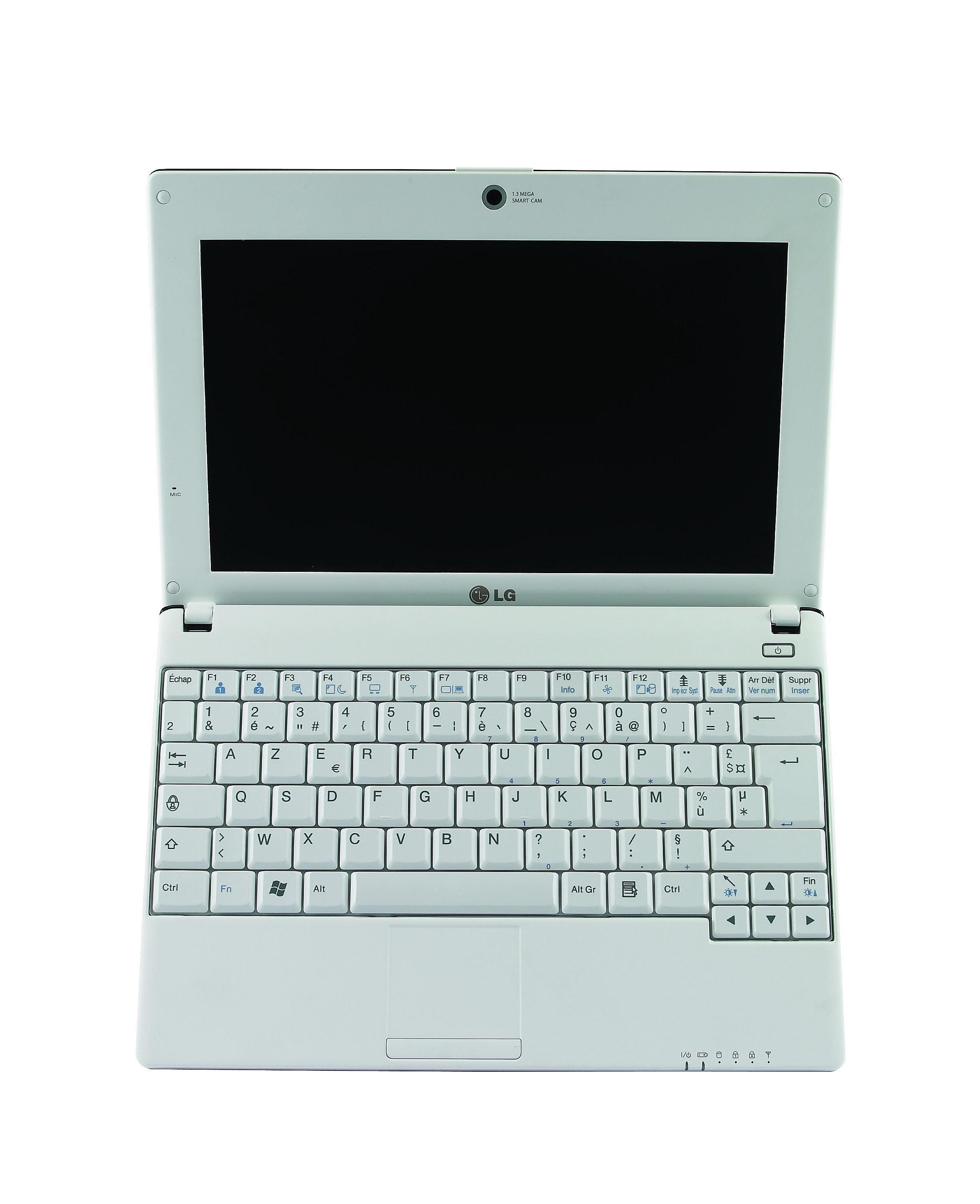Windows on 98 Percent of New Netbooks
There’s an undeniable strength behind Microsoft’s operating system: its ubiquity. It’s everywhere, and it’s what most people learn how to compute on.
When a typical consumer goes to purchase a new computer, it’s understandable that he or she would want an interface that’s familiar to him or her. It’s like buying a car – those who already know how to drive don’t want to learn a whole new way to steer the vehicle.
For that reason, as netbook popularity grew, so too did the market share for Windows in that segment. Early adopters of netbooks may have been more comfortable with working in a Linux environment, but the mainstream consumer still wants to stick with what’s already known.
“The latest data from NPD’s retail tracking service showed that Windows now account for a whopping 98 percent of all small notebook PCs sales at retail in the U.S.,” wrote Brandon LeBlanc, Windows Communication Manager at Microsoft.
According to NPD, Windows had less than 10 percent of the netbook pie during the first half of 2008.
While there isn’t much more room to grow when you hold a near sweep in the market, Windows on netbooks grew two percent since early April.
LeBlanc added, “I think it’s important to note that all of this momentum is happening before Windows 7 is even out! When Windows 7 does arrive (and brings slick new stuff like HomeGroup, Aero Peek/Snap, PlayTo and Remote Media Streaming, Windows Media Center that lets you watch and record TV, and more), I think the demand for Windows on these devices will increase even more.”
Get Tom's Hardware's best news and in-depth reviews, straight to your inbox.
Of course, several of the Windows 7 features that LeBlanc listed won’t be immediately available to netbook users, as they aren’t included in Windows 7 Starter Edition.
-
eklipz330 all that has to be done for the lock to be broken is for the company with the glowing apple to make a pasty white netbook for $1200, and sell them to complete morons. it'll go down to like 80% in no timeReply -
Hanin33 ReplyEarly adopters of netbooks may have been more comfortable with working in a Linux environment, but the mainstream consumer still wants to stick with what’s already known.
i dunno that it's so much with sticking with something that's known over something that has applications worth using. linux's emulation of windows appz is 50/50 at best, still, after all this time and there's very little developed that's on both operating systems. but i guess i'm assuming your average user even understands that some applications need to be installed after purchase and don't already come with the hardware. -
mcnuggetofdeath Stupid MS, ruin a good thing why dont you. Come in, offer cheap liscenses, then mandate what qualifies for said liscence, and in the process destroy any semblance of technological advancement in the market. Can you say hybrid storage solution? Linux Mint FTWReply -
computabug No MS is just being a smart butt. The main reason why MS is quietly killing netbooks, linux, and software in general is because idiots (i.e. non-tech savvy people/morons) fall for MS's GUI eye candy >.>Reply
At this point, I feel like blowing up whoever can't name a Linux distro :S -
computabug Waaaaait a second.... Does that mean that 98% of netbooks are bought with a windows license, just to install linux on it when we get home? :)Reply -
In a nutshell - "Netbook", a new category of PC with small SSD won't run windows. "Netbook" is never ment to be a small version of a regular PC, so is perfect for Linux. MS retaliates by redefining the definition of Netbook to include spinning platters and offers XP, building a customer expectation that "Netbook" IS just like a little PC. Cue inevitable bloat of hardware specs, until the term "Netbook" now just defines the low end of the laptop market, where MS has (for a long time) held about 98% marketshare anyway. Big news.Reply
-
1haplo Windows 98 on New Netbooks??? Ohhh......Windows on 98% of New Netbooks...Reply
So 98 is higher then 7, Then Windows 98 is better then Windows 7 right?
If you get this far you are gullible! -
SAL-e Wow. MS is sponsoring two NPD researches in 2-3 months period. I wonder why?Reply
The latest data from NPD’s retail tracking service showed that Windows now account for a whopping 98 percent of all small notebook PCs sales at retail in the U.S.,
Mr. Marcus Yam why you becoming part of Microsoft propaganda? As you can see this data is for Notebooks (not a netbooks) sold in retail stores only. I never seen user that know the difference between OSes to buy from overpriced retail store. And I can bet you that most netbooks are soled online. Stating that MS is holding 98% of the entire market is very unprofessional. I understand why Mr.Brandon LeBlanc is insinuating this. He is MS employee and has vested interest, but what is your interest?
Also please note the timing of this MS BS is coming days after Computex. We just saw what is coming in near future: Android, Moblin and etc. All this is Linux. I guess that many MS executives have trouble sleeping those days.

